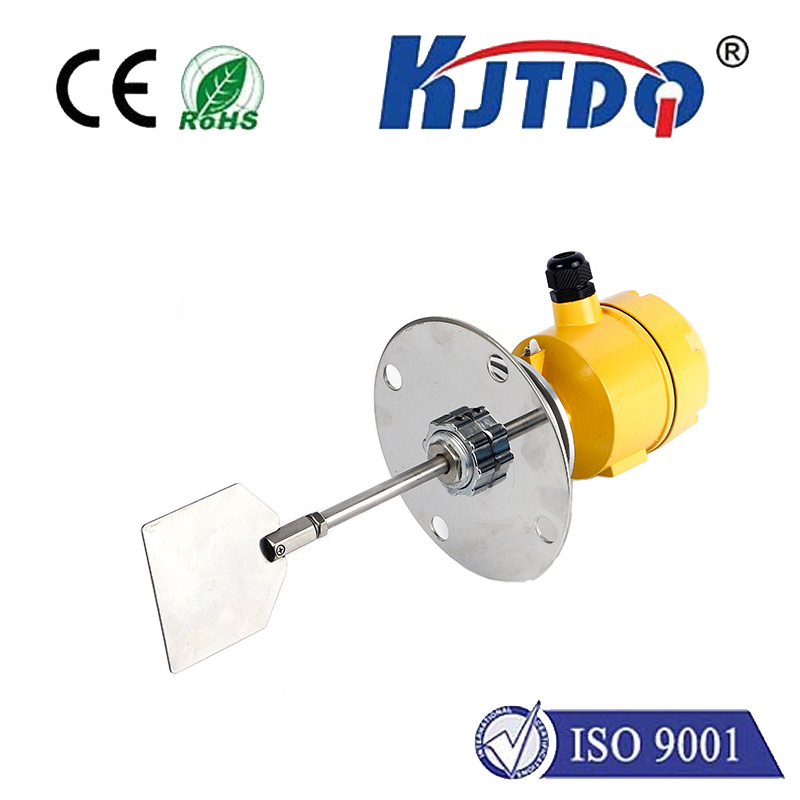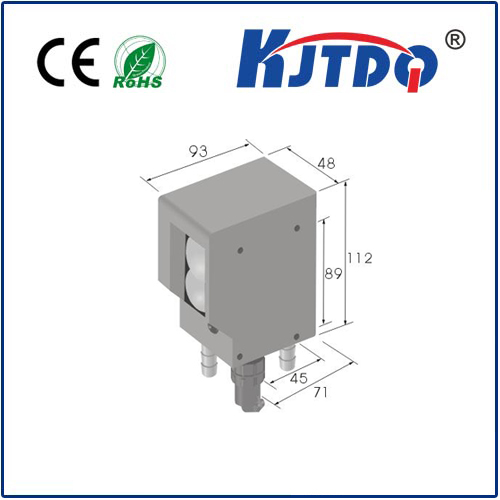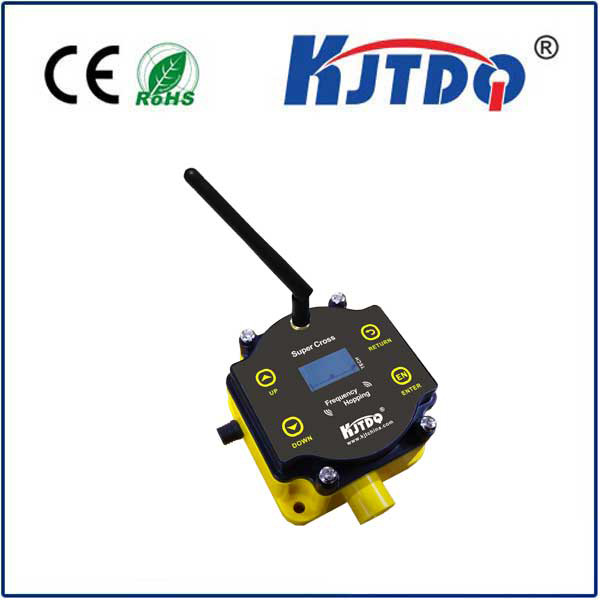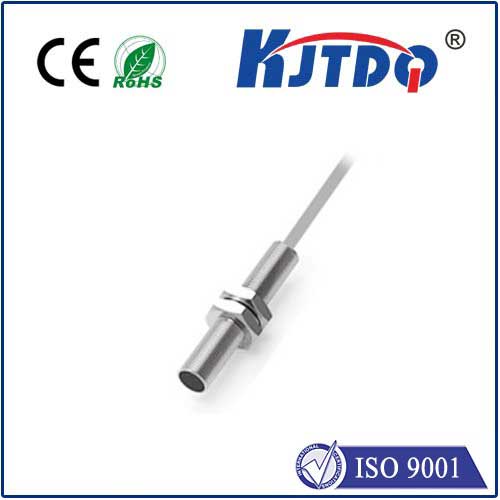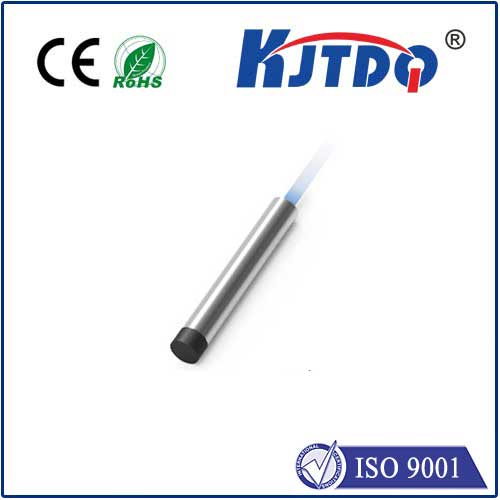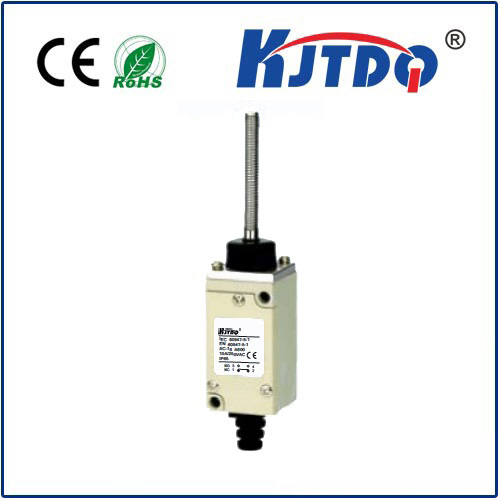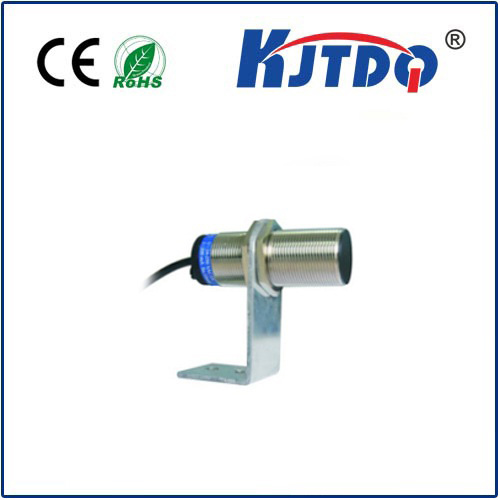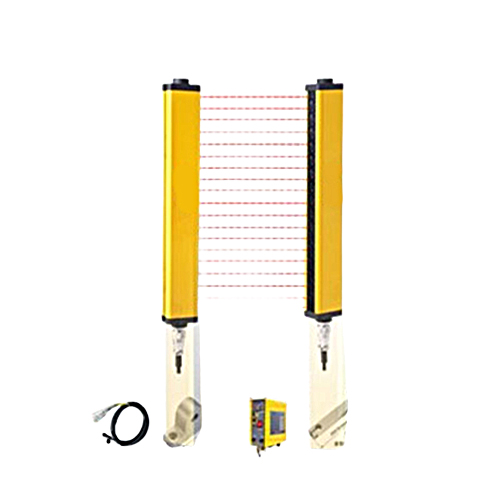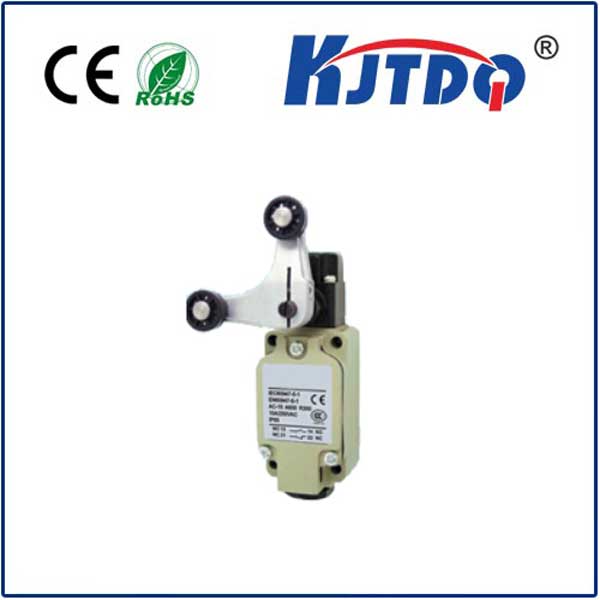

check

check

check

check

check

check

check

check

check

check
Title: Unlocking the Power of Micro Switch Lever Arms: An In-Depth Guide
Micro switch lever arms have been a reliable and efficient solution for various applications, from industrial control systems to household devices. In this article, we will delve into the world of micro switch lever arms, exploring their basic concepts, components, and applications in detail.
Part 1: Understanding Micro Switch Lever Arms
Micro switch lever arms, also known as pushbutton switches or microswitches, are mechanical switches that use a small lever mechanism to signal an electrical change. When the lever is pushed, it pushes against a spring, causing a magnetic contact to open or close, thus turning on or off the power supply. The simplicity and reliability of these switches make them an ideal choice for numerous applications where precise control over device functions is crucial.
Part 2: Components of Micro Switch Lever Arms
Micro switch lever arms consist of several key components that work together to ensure proper functionality and operation. These include:
1. Lever: The main component of a micro switch lever arm, responsible for moving the contacts when pressed. It consists of a stem that connects to the contact plate and a spring that helps with movement.
2. Contacts: Two metal discs or plates that come into contact with each other when the lever is moved. They can be either two-position or three-position switches, depending on the application.
3. Spring: A coiled metal wire that exerts force when the lever is pressed, pushing the contacts into place.
4. Back Ejection Assembly: A mechanism that houses the contacts and spring inside the lever arm, preventing accidental disassembly or damage.
5. Enclosure: A protective casing that surrounds the entire switch, providing insulation, dust protection, and weather resistance.
Part 3: Applications of Micro Switch Lever Arms
Micro switch lever arms have diverse applications across various industries and sectors due to their versatility and reliability. Some of the common examples include:
1. Electrical Control Systems: Used in automation systems, such as HVAC, building management systems, and industrial process controls, to turn on or off devices based on sensor inputs or manual actions.
2. Home Appliances: found in many everyday devices like kitchen appliances, washing machines, and vacuum cleaners, where precise control over appliance cycles is essential.
3. Medical Devices: In surgical instruments and medical devices, micro switch lever arms provide precise control over equipment settings and monitor patient conditions remotely.
4. Transportation: Used in automotive systems like ignition switches, door locks, and alarm systems, ensuring safe and secure vehicle operation.
Part 4: Factors to Consider When Choosing a Micro Switch Lever Arm
When selecting a micro switch lever arm for your application, consider the following factors to ensure optimal performance and longevity:
1. Operating Environment: Different environments may require specific types of switches that are more resistant to moisture, temperature variations, or vibration. Research the suitable materials and sealing technologies for your specific application.
2. Switch Types: Choose between two-position (on/off) or three-position (on/off/interlock) switches based on your needs. Three-position switches offer additional safety features by prohibiting simultaneous activation of multiple buttons.
3. Contact Style: The contact style influences how effectively the switch communicates with its associated device. Common options include solder pads, snap action contacts, and reed switches.
4. Actuation Force: The actuation force determines how easily the lever can be activated by hand or other external forces. Higher actuation forces may result in better ergonomic design and accessibility but may also increase wear and tear over time.
